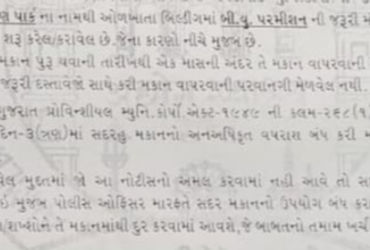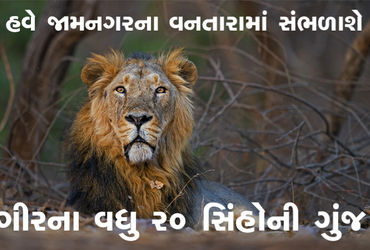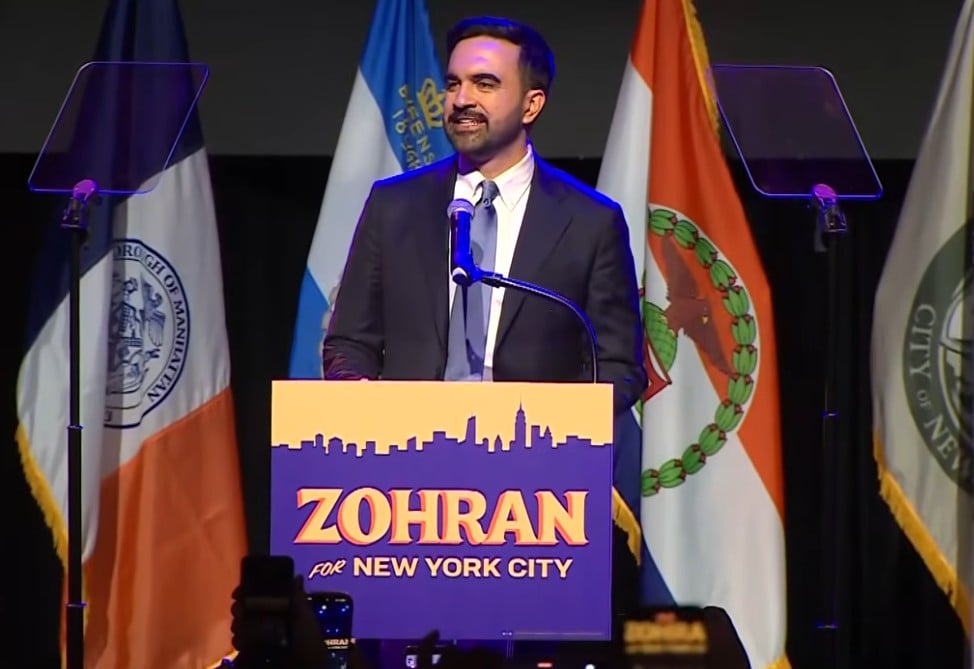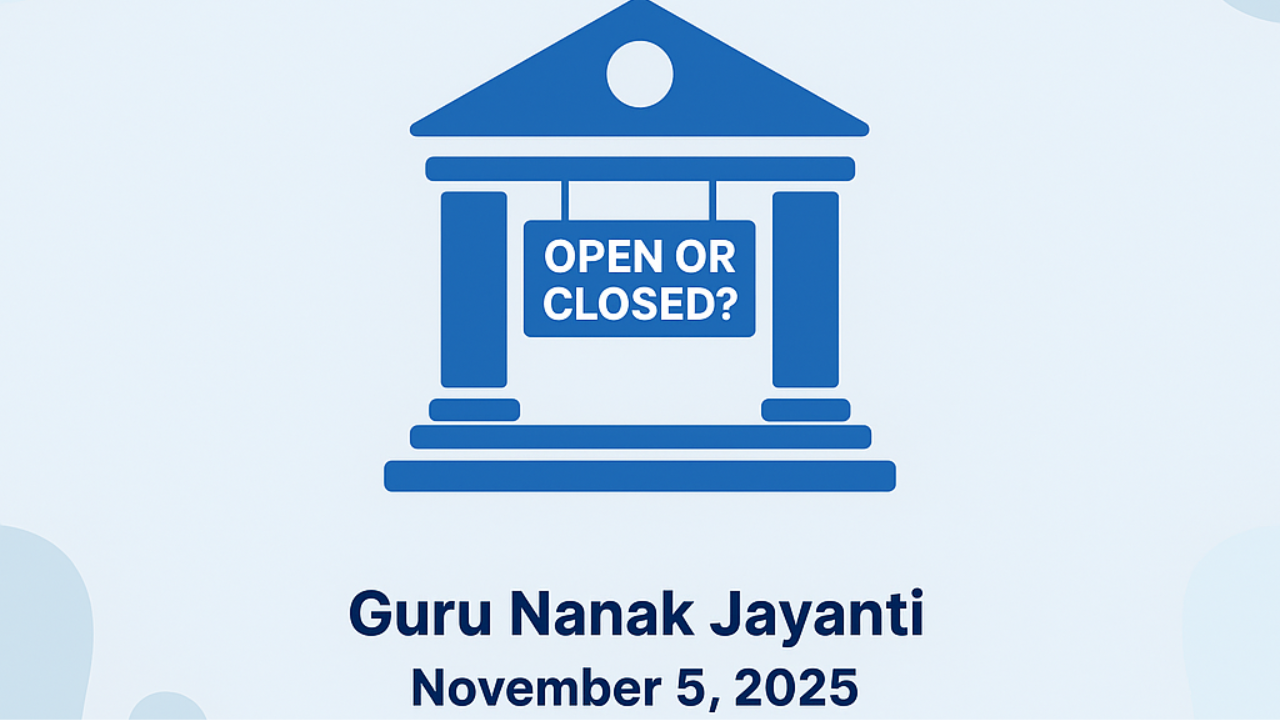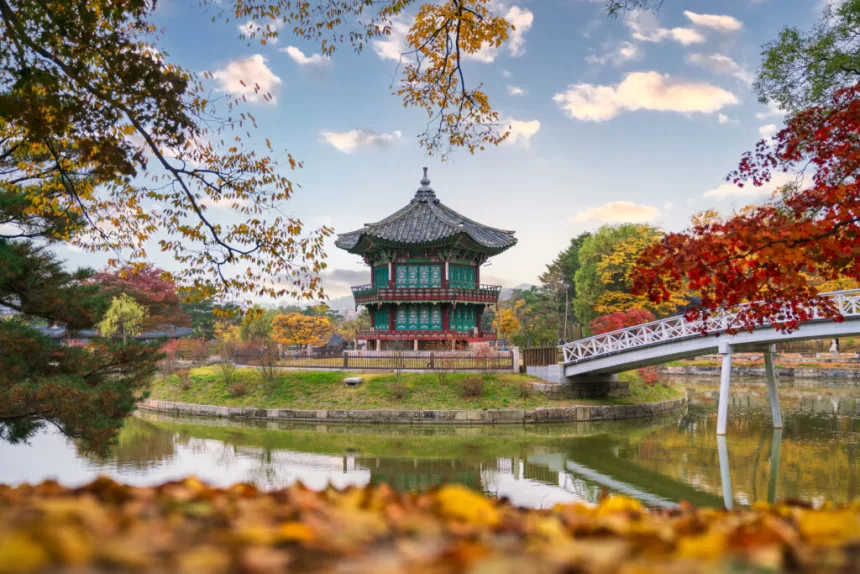The rain catastrophes in western Himalayas this year are not isolated events. Here’s why
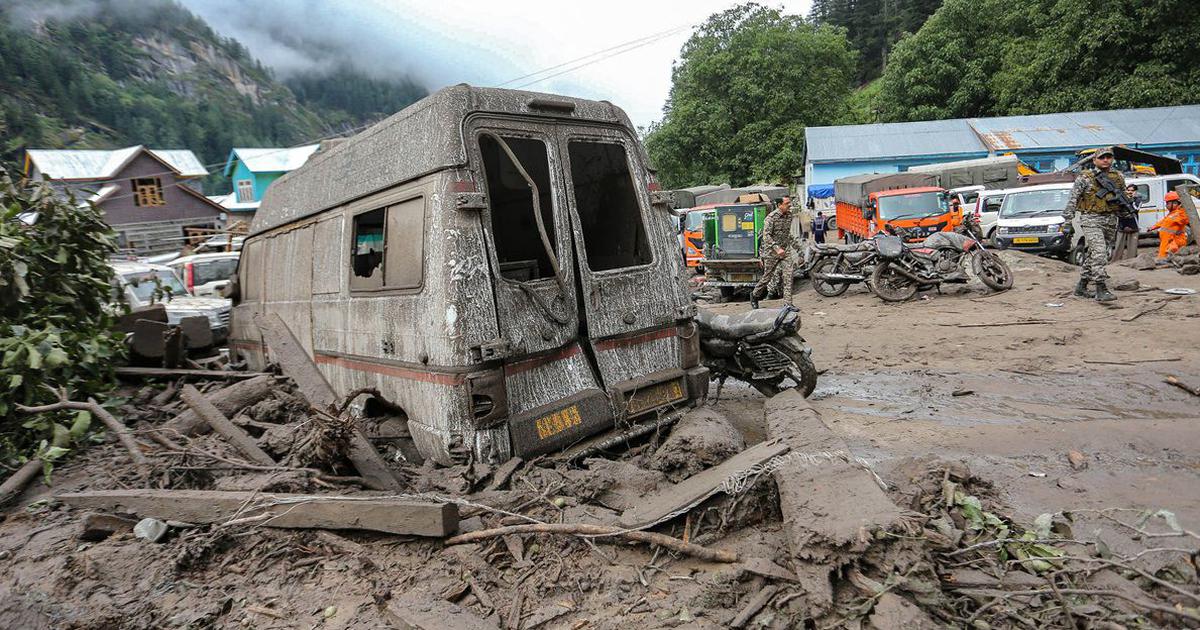
Join our WhatsApp Community to receive travel deals, free stays, and special offers!
- Join Now -
Join our WhatsApp Community to receive travel deals, free stays, and special offers!
- Join Now -

This year, the monsoons in the western Himalayas have been catastrophic. Jammu received its highest rainfall in more than 50 years, while Himachal Pradesh saw its wettest August since 1949.
The intense rain has triggered devastating landslides, leaving many dead and damaging property and infrastructure. In Uttarakhand, nine were feared dead after a severe landslide in June. (Excess rain has not been identified as the primary cause of the Dharali disaster in August.) In Kishtwar in Jammu and Kashmir, a heavy spell of rain in August killed at least 64 people. In Himachal Pradesh, the monsoons have claimed a total of 343 lives so far.
Broader data also makes clear how extreme this rain has been. Between June and August, north-west India, which includes Himachal Pradesh, Uttarakhand and parts of the Jammu and Kashmir, as well as Haryana, Punjab, Rajasthan and parts of Uttar Pradesh, received 23% more than the average rainfall of these months between the years 1961 and 2010.
The disasters that have unfolded in the region in recent weeks are often seen as isolated incidents. But a deeper examination of climate patterns in the region and beyond reveals that a complex cocktail of broader forces are at play. Specifically, the confluence of warming temperatures in both the highest ranges...
Read more
What's Your Reaction?
 Like
0
Like
0
 Dislike
0
Dislike
0
 Love
0
Love
0
 Funny
0
Funny
0
 Angry
0
Angry
0
 Sad
0
Sad
0
 Wow
0
Wow
0



